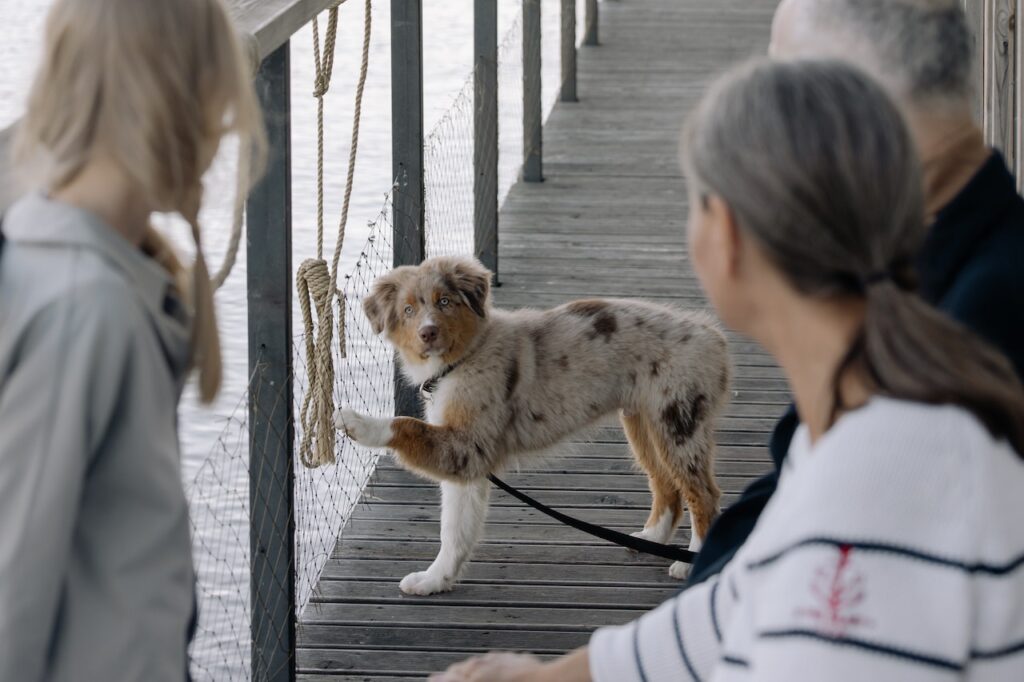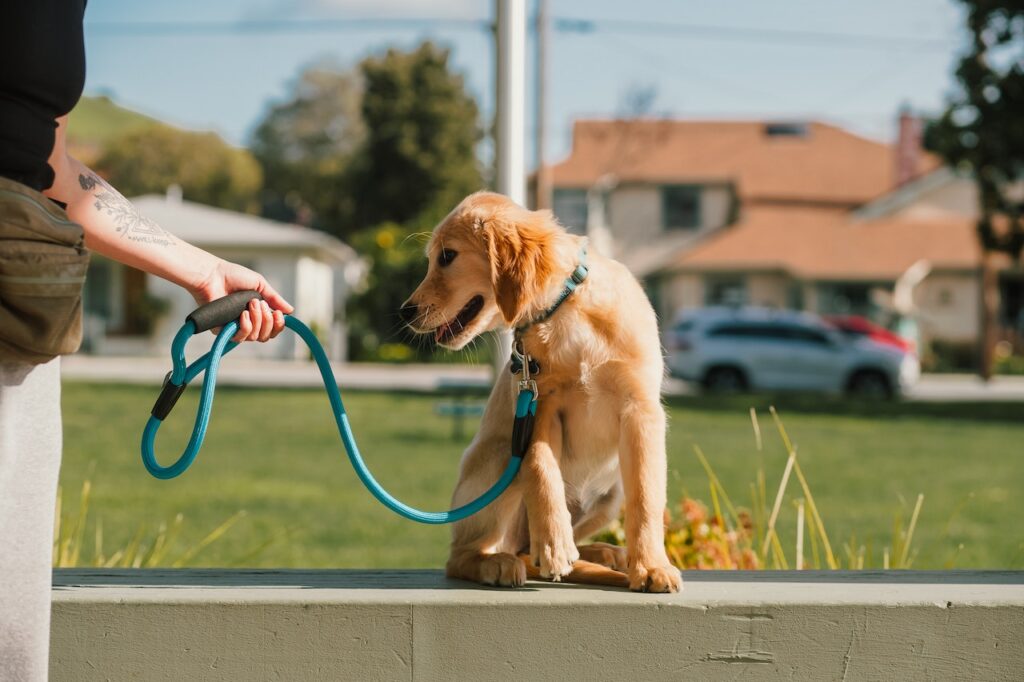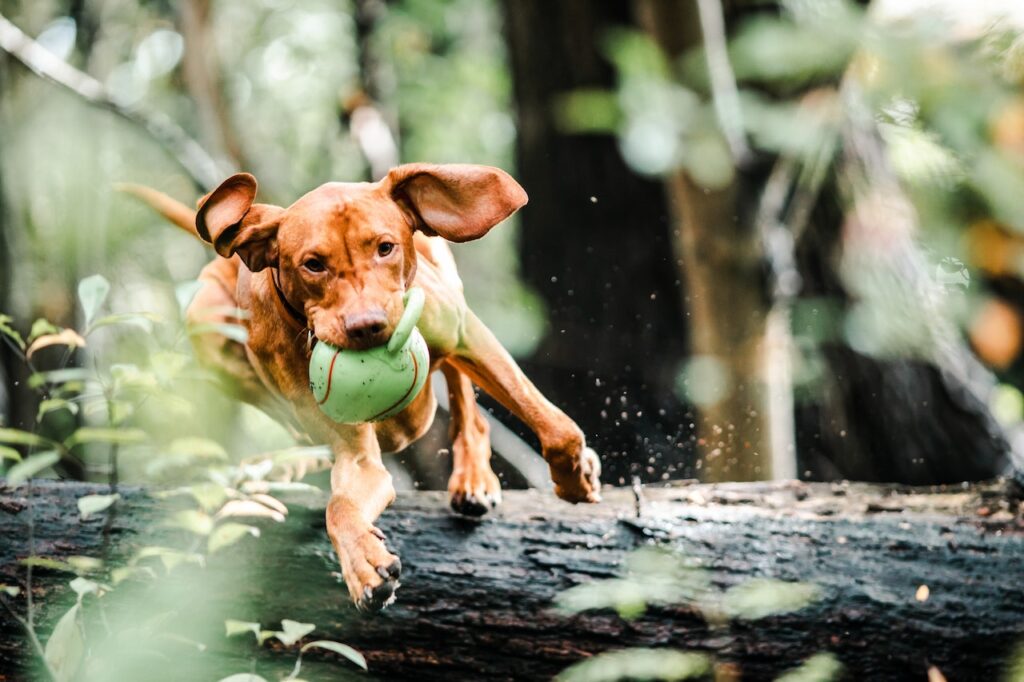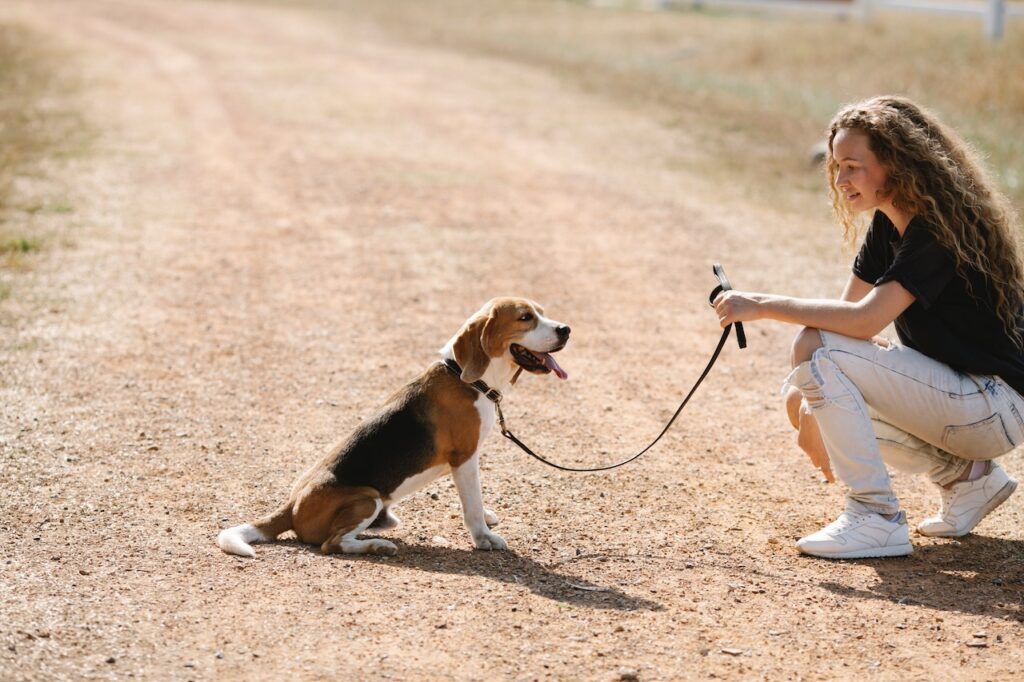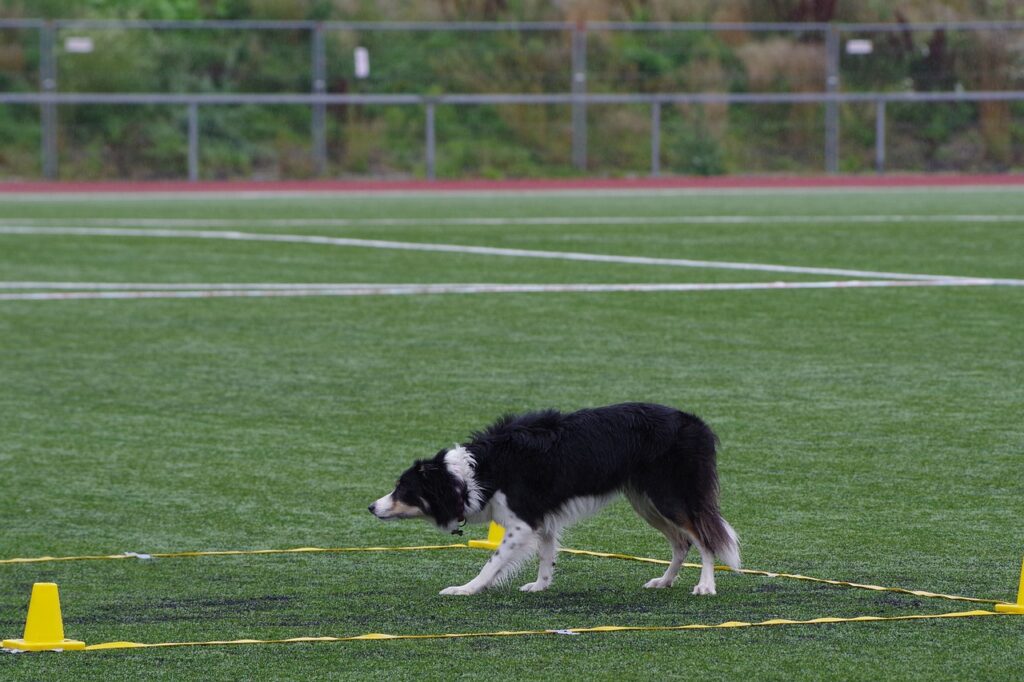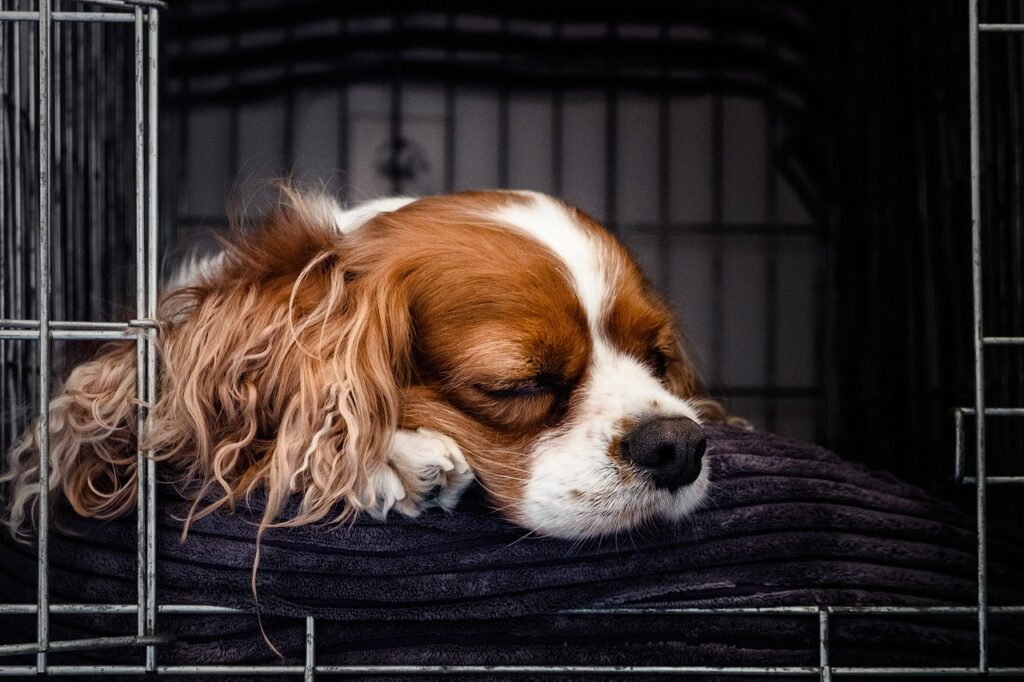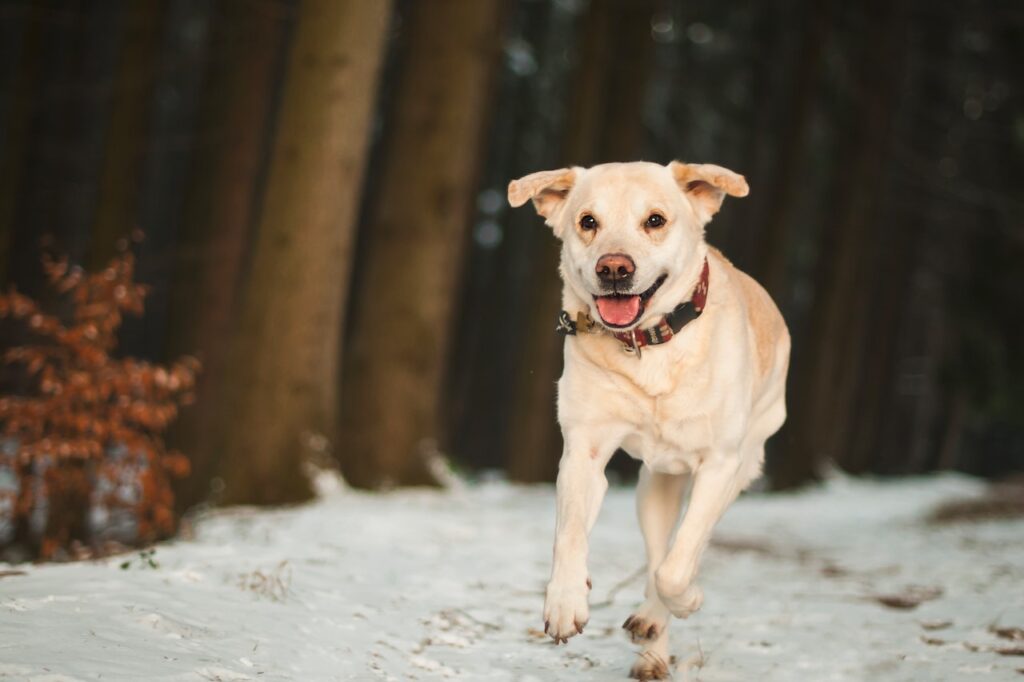Bringing Home Your New Adult Dog
The moment has arrived. You’ve done your research, visited shelters, and finally found the one — not a wiggly puppy, but a majestic, wise-looking adult dog. Bringing home an adult dog is akin to starting a new chapter in a book where a few chapters have already been written. Curious about how to turn the pages smoothly and ensure a happy storyline? Buckle up, and let’s take a ride down this exciting lane. Setting The Stage: A Homey Welcome You wouldn’t invite guests over without prepping your home, right? Same logic applies here. Think of it as setting the stage for a grand play. Every prop matters. The First Meet and Greet: Taking Baby Steps First impressions matter, even in the dog world. Remember the nervousness on the first day of school? Your new dog might be feeling something similar. Routine: The Magic Wand for Assurance If there’s one thing dogs appreciate (besides treats, of course), it’s predictability. Routines offer comfort. It’s like knowing you’ll always find your favorite snack in the top left cabinet. Reassuring, isn’t it? Communication: The Key to Mutual Understanding Dogs may not speak our lingo, but they’re pros at understanding body language. Ever played charades? Think of this as an extended version, with more tail wags! Training and Reinforcement: Age is Just a Number Who says you can’t teach an old dog new tricks? Just as wine gets better with age, with the right training, so can an adult dog’s behavior. Health First: Ensuring A Smooth Transition A new environment can be a tad stressful. Keeping an eye on their health is paramount. It’s like moving to a new city and finding the best doctor. Essential and reassuring. Patience is a Virtue: Give It Time Adjusting to a new home, especially if there are past traumas, can take time. Rome wasn’t built in a day, and trust isn’t either. But brick by brick, it solidifies. Bonding: Building A Connection That Lasts Spend quality time together. Create memories. Remember the joy of making a new friend and discovering shared interests? This is the canine version of that. Conclusion Bringing home an adult dog is a journey of understanding, patience, and love. While the initial chapters of their story might have been written elsewhere, the pages ahead are blank, waiting for you both to fill them with adventures, snuggles, and countless memories. As the saying goes, “The best is yet to come.” Key Takeaway: Introducing an adult dog to your home is a process that demands preparation, understanding, and time. By setting routines, prioritizing communication, and ensuring a strong health foundation, you lay the groundwork for a bond that will stand the test of time. Remember, every wag, woof, and nuzzle is a paragraph in the heartwarming tale you’re co-authoring. 🐾
Bringing Home Your New Adult Dog Read More »

